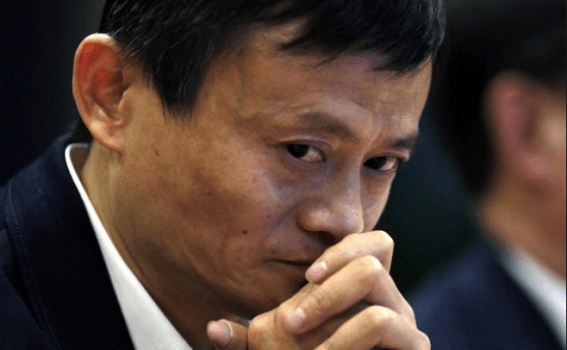The Impact of Physician Shortages on Healthcare
A growing shortage of physicians is already taking a major toll on the healthcare system across the United States. As the population increases and ages, demand for doctors continues to outpace supply. This widening gap has created a pressing healthcare crisis affecting patients, providers, and the delivery of medical care.
Strains on Patient Care
With physician scarcity, patients face major challenges getting appointments and access to providers. With too few doctors to meet demand, patients struggle to access timely care. Appointment wait times lengthen, ERs get overloaded, and doctor visits feel rushed. Continuity of care worsens if a provider leaves. In rural areas especially, shortages severely limit healthcare availability and quality. Preventative services lag. Minor conditions go untreated and worsen. Overall population health declines. Meanwhile, overburdened remaining providers burn out faster, leaving even fewer doctors. The downward spiral strains the entire system with long waits, gaps in care, and subpar outcomes. Healthcare quality and access greatly suffer without adequate physician supply. Non-emergency visits may require booking months in advance. Wait times in crowded ERs grow. Rushed doctors have less time to spend clarifying concerns. Continuity of care suffers when a regular provider leaves.
In underserved rural and urban communities, the shortfall of doctors severely limits healthcare access. Preventative care lags. Minor conditions go unaddressed and escalate. Patients resort to emergency visits for basic primary care.
Provider Burnout
The undersupply of doctors overburdens those remaining. The extreme workload and emotional intensity involved in medicine are major factors causing high rates of physician burnout. Excessive administrative tasks, long hours, overloaded schedules, emergencies, complex cases, pressure to speed through appointments, and lack of rest contribute to exhaustion. Dealing firsthand with human trauma and illness also takes a psychological toll over time. The chronic stress from overwork, emotional demands, and work-life imbalance lead many physicians to eventually feel overwhelmed, depleted, and burned out. Seeking greater flexibility and reasonable workloads can help prevent physician burnout.
System Inefficiencies and Higher Costs
Understaffed facilities waste time and money managing shortages. Patient backlogs and overbooking frustrate all. As burned-out doctors order excessive testing, make errors or experience turnover, costs rise. Nurse practitioners and physician assistants fill some gaps, but cannot fully replace highly trained MDs. Ultimately, the quality and consistency of care decline.
Steps Towards Relief
Expanding physician supply will require multifaceted, long-term strategies like increasing medical school slots, residency programs, and healthcare funding. But immediate relief is needed. Additional options include:
– Recruitment incentives and loan forgiveness to attract more new doctors to underserved areas and specialties.
– Telehealth expansion to efficiently extend physician consultations to rural patients.
– Scope expansion for NPs and PAs to legally treat more conditions.
– Practice efficiencies like automated documentation to maximize doctors’ patient face time.
– Increased teamwork with pharmacists, dietitians, social workers, and therapists to lighten physician workloads.
– More help from locum tenens doctors to temporarily fill gaps.
Locum tenens allows healthcare facilities to temporarily fill vacancies, cover leaves, and meet fluctuating demand through short-term supplemental doctors. Drawing from a pool of licensed temp physicians provides staffing flexibility without the long-term burdens of permanent hires. Locums expand immediate access to care until lasting workforce increases come. Interested parties can find more help from Locumsmart.
The worsening scarcity of doctors has far-reaching consequences for public health. Alleviating this crisis will require efforts on multiple fronts to bolster physician supply and availability. Temporary locums provide crucial immediate relief while more permanent solutions develop. Patients deserve access to timely, high-quality care regardless of where they live. Bridging today’s physician shortfall is imperative.





